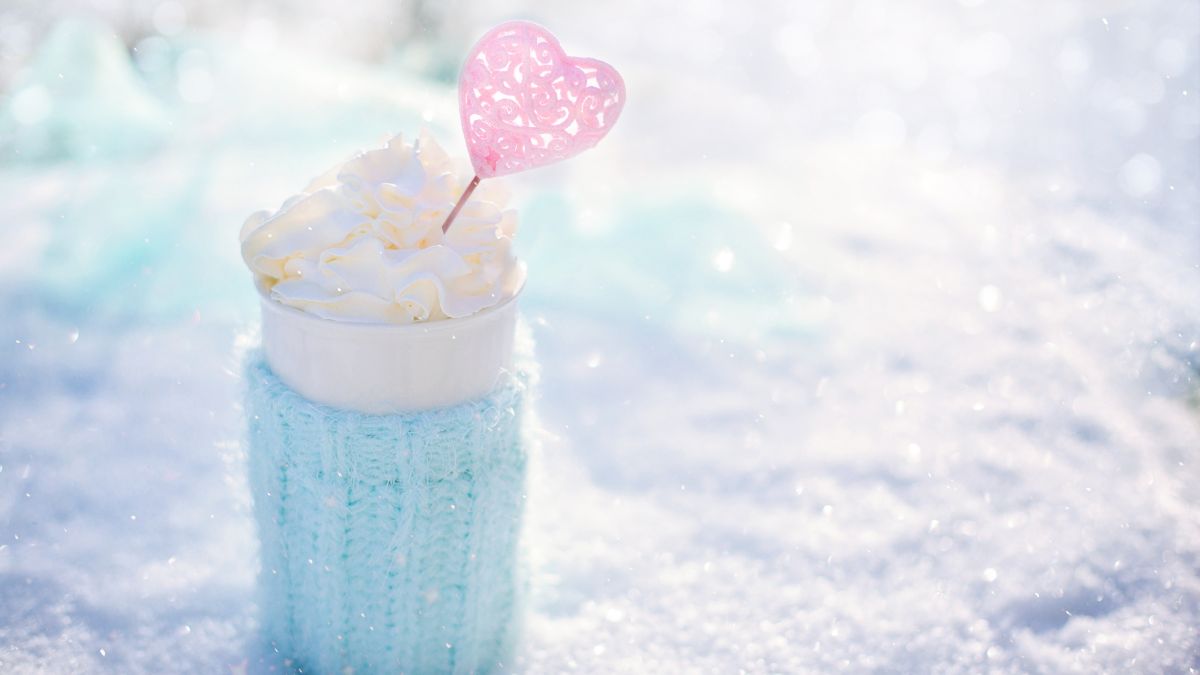
Advertisement
During the winter season, the idea of turning snow into a delightful treat, known as Snow Cream, often crosses our minds. However, the question lingers: Is it safe to eat snow cream?
In this article, we delve into the safety aspects backed by research and studies to provide you with a well-informed perspective on enjoying this seasonal delicacy.
Understanding the Concerns:
The safety of consuming Snow Cream has been a subject of discussion, primarily due to concerns related to pollutants, contaminants, and the overall cleanliness of the snow. Understanding these concerns is crucial in determining whether indulging in this winter treat is a risk-free endeavour.
What does the research say?
-
Airborne Pollutants:
A study published in the “Journal of Environmental Quality” (2009) conducted by the USDA Agricultural Research Service suggests that freshly fallen snow, especially in rural areas, tends to be cleaner and less contaminated by airborne pollutants compared to older snow or snow in urban environments.
-
Heavy Metal Contamination:
Research led by McGill University (2012) indicates that heavy metal concentrations in snow, including lead and copper, were generally found to be low. However, these concentrations may vary based on geographical location and industrial activity in the area.
-
Microbial Contamination:
A study published in the “International Journal of Food Microbiology” (2013) explored microbial contamination in snow and found that while snow can harbor bacteria, viruses, and fungi, the risk of illness from consuming snow was considered low.
Safety Guidelines for Snow Cream:
-
Choose Clean Snow:
Opt for freshly fallen snow from open areas away from traffic, industrial activities, or pollution sources. Avoid collecting snow near roadways or areas with visible contaminants.
-
Avoid Discoloured Snow:
Refrain from using discoloured or yellow snow, as it may indicate the presence of impurities. Stick to pristine, white snow for your Snow Cream creations.
-
Urban vs. Rural Snow:
If possible, collect snow in less urbanised or rural areas, as studies suggest that such snow tends to have lower levels of pollutants.
-
Serve Immediately:
Enjoy your Snow Cream immediately after preparation to minimise any potential exposure to external contaminants.
While concerns about the safety of consuming Snow Cream exist, research and studies suggest that when certain precautions are taken, enjoying this winter delicacy can be a delightful and low-risk experience. By choosing clean snow from appropriate locations and following safety guidelines, you can savor the magic of winter in a bowl. So, embrace the snowy season, gather your ingredients, and indulge in the joy of Snow Cream responsibly!
